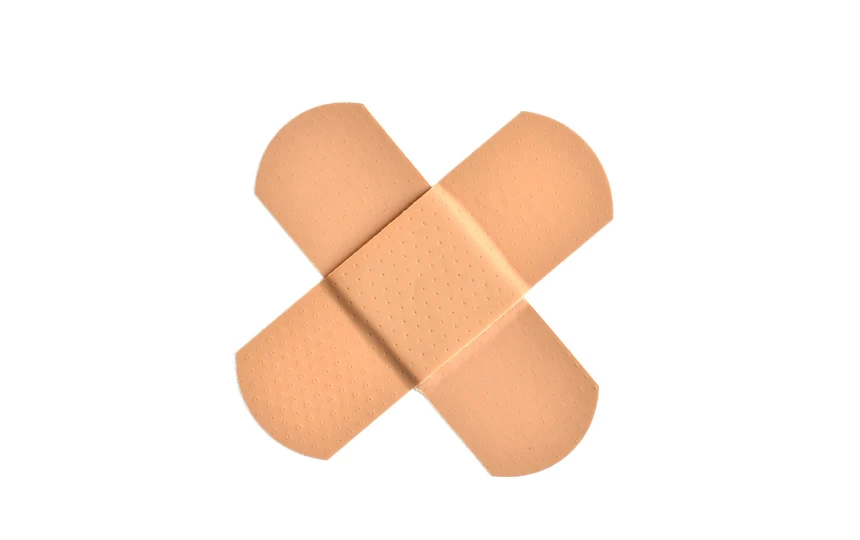Introduction to Degloving Injuries
Degloving injuries are severe and often traumatic events where a significant amount of skin and the associated subcutaneous tissues are detached from the underlying structures, such as muscles or bones. This type of injury is most commonly seen in industrial accidents, motor vehicle accidents, or severe falls. Understanding the nature, treatment, and long-term management of these injuries is crucial for medical professionals and the general public, especially those in high-risk occupations.
What is a Degloving Injury?
Degloving injuries occur when the skin and underlying soft tissues are forcibly removed from the underlying structures. They can be “open,” where the skin is completely peeled away, or “closed,” where the skin remains separated from its blood supply. These injuries are severe and require immediate medical attention.
Causes and Risk Factors of Degloving Injuries
- Industrial Accidents: Working with heavy machinery poses a significant risk.
- Motor Vehicle Accidents: High-impact crashes can cause degloving, especially to limbs.
- Severe Falls: Falls from a height can result in similar injuries.
- Ring Avulsion: Rings catching on objects can deglove fingers.
Symptoms and Diagnosis of Degloving Injuries
- Visible Tearing or Flapping of Skin
- Severe Pain
- Bleeding
- Swelling and Bruising
- Loss of Function in the Affected Area
Diagnosis is primarily clinical, but imaging tests like X-rays or MRIs might be required to assess underlying damage.
Treatment of Degloving Injuries
- Immediate Medical Attention: Degloving is a medical emergency. Call emergency services or get to a hospital immediately.
- Surgery: Surgical intervention is often necessary. This may involve skin grafts, reattachment of tissues, and sometimes amputation in severe cases.
- Infection Prevention: Given the exposure of tissues, infection prevention is crucial. Antibiotics and tetanus prophylaxis may be administered.
- Pain Management: Pain control is a critical component of treatment.
- Physical Therapy: Long-term rehabilitation often requires restoring as much function as possible.
Recovery and Rehabilitation
Recovery from a degloving injury can be prolonged and challenging, depending on the severity of the injury. Physical therapy is an essential part of the recovery process. Psychological support may also be necessary due to the traumatic nature of the injury.
Prevention Tips for Degloving Injuries
- Safety in the Workplace: Adhere to safety guidelines, mainly when operating heavy machinery.
- Protective Gear: Use appropriate protective gear in high-risk activities.
- Awareness and Training: Awareness of the risks and proper training can prevent many such injuries.
Complications of Degloving Injuries
- Infections
- Chronic Pain
- Loss of Limb Function
- Psychological Impact
Conclusion
Degloving injuries, while relatively rare, are severe and life-altering events. Immediate medical treatment, followed by comprehensive rehabilitation, is crucial for recovery. Prevention through safety measures and awareness is critical, especially for those in high-risk occupations. Understanding these injuries is the first step in preventing and managing them effectively.
Frequently Asked Questions About Degloving Injuries
What exactly is a degloving injury?
A degloving injury is a severe type of injury where the skin and the underlying soft tissues are forcibly torn away from the underlying structures, such as muscles and bones. It can occur in both “open” forms, where the skin is pulled off, and “closed” forms, where the skin is intact but separated from its blood supply.
How do degloving injuries typically occur?
Degloving injuries commonly occur in industrial accidents, motor vehicle accidents, severe falls, and in some cases due to ring avulsion, where a ring worn on the finger catches on an object and peels away the skin and soft tissue.
What are the immediate steps to take if someone experiences a degloving injury?
Immediate medical attention is crucial. Control bleeding with direct pressure, avoid touching or trying to reattach the degloved skin and seek emergency medical care as soon as possible.
How are degloving injuries treated?
Treatment typically involves surgery, which may include cleaning the wound, reattaching the skin, skin grafts, and sometimes amputation in severe cases. Infection prevention and pain management are also essential aspects of treatment.
What is the recovery process like for a degloving injury?
Recovery can be lengthy and often involves physical therapy to regain as much function as possible. The severity of the injury and the success of initial surgeries play a significant role in the recovery process.
Are there any long-term effects of a degloving injury?
Long-term effects can include chronic pain, reduced mobility or function in the affected limb, scarring, and potential psychological impacts, such as trauma or PTSD.
Can degloving injuries be prevented?
While not all degloving injuries can be prevented, safety measures in high-risk environments, like using protective gear and adhering to safety protocols, can significantly reduce the risk.
Is physical therapy always required after a degloving injury?
Physical therapy is often a crucial part of recovery, helping to restore movement and function, though the extent and duration will depend on the injury’s severity.
Can a degloved limb or digit always be saved?
The possibility of saving a degloved limb or digit depends on the extent of the injury, the time elapsed before treatment, and the patient’s overall health. In some severe cases, amputation may be necessary.
Are there any psychological treatments recommended for individuals recovering from a degloving injury?
Yes, counselling or therapy can be beneficial for individuals recovering from the traumatic experience of a degloving injury. Support groups and therapy can help deal with the emotional and psychological impact.











